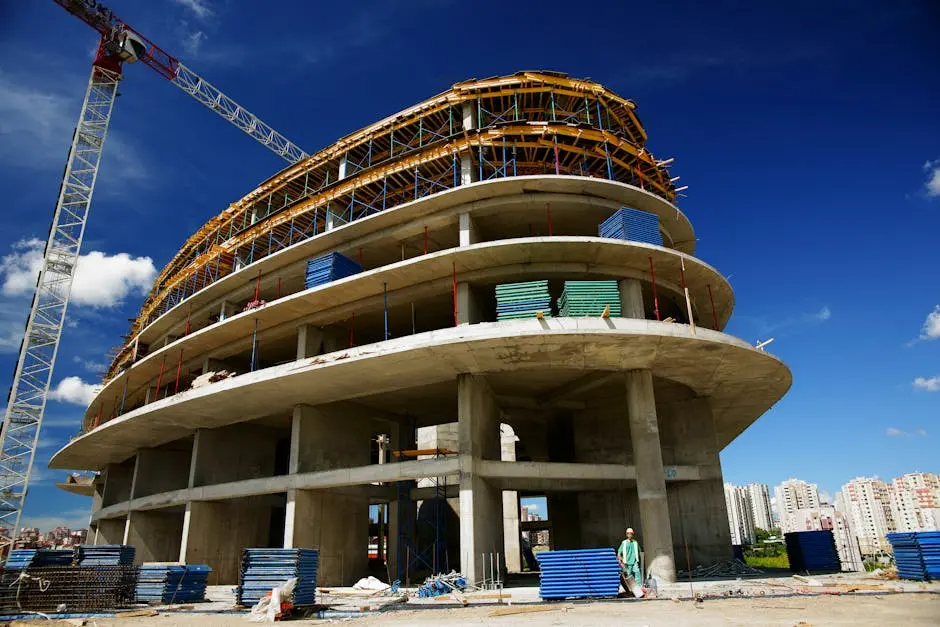In recent years, new construction trends have been reshaping the real estate landscape. From sustainable building practices to smart home technologies, these trends are influencing how homes are built, sold, and valued. In this FAQ, we’ll explore the impact of these trends on real estate and what potential homeowners and investors need to know.
What Are the Current Trends in New Construction?
New construction today leans heavily towards sustainability and energy efficiency. Builders are increasingly using eco-friendly materials such as recycled steel, bamboo, and reclaimed wood. The integration of solar panels and energy-efficient appliances is becoming commonplace in modern homes, aligning with the growing preference for greener living options.
Smart home technology is also a significant trend, integrating automation and connectivity to improve convenience and security. With advancements like automated lighting systems, voice-controlled appliances, and intelligent security setups, smart homes offer a tech-savvy lifestyle that appeals to modern buyers. These features are not just about luxury; they represent practical living enhanced by technology.
Another notable trend is the rise of mixed-use developments that combine residential, commercial, and recreational spaces. These projects create vibrant communities, offering residents the convenience of living, working, and playing without long commutes. This holistic living experience is particularly attractive to urban dwellers seeking a balance between activity and relaxation.
How Do These Trends Impact Property Values?
Sustainable and technologically advanced properties often see a noticeable boost in market value. Buyers are increasingly prioritizing features that promise energy savings and modern conveniences, leading them to pay premiums for such homes. This shift creates a positive effect on property values, particularly in competitive markets.
As the demand for eco-friendly and smart homes rises, properties not meeting these standards might experience slower growth or stagnant valuations. This trend could lead to a more pronounced disparity between properties incorporating these advancements and those relying on traditional approaches.
Interestingly, the New York Real Estate Market is already seeing these effects, with increased inventory and median prices influenced by the integration of new construction trends. The market remains competitive, with such properties taking the lead in attracting potential buyers.
What Do New Construction Trends Mean for Homebuyers?
Homebuyers are presented with more choices as these trends unfold. They can now opt for properties with sustainable features and smart technologies that offer long-term savings and added convenience. It’s important for buyers to assess how these technological features function and how they can be leveraged for efficiency.
The increased focus on sustainability means homebuyers also have the opportunity to contribute positively to environmental conservation by choosing homes with smaller carbon footprints. This shift corresponds with a broader societal trend favoring green living and responsible consumption.
However, navigating these trends also requires an understanding of potential costs and benefits. Buyers should remain informed about current market conditions and consider future value projections, especially as the New York market continues to evolve with these innovations.
How Are Real Estate Developers Adapting?
Real estate developers are continuously adapting to meet consumer demands and regulatory requirements. By investing in research and utilizing cutting-edge materials and technologies, developers are setting new standards for modern construction.
The drive for sustainability has led developers to explore innovative building techniques, such as modular and prefabricated construction, which offer cost and time efficiencies while aligning with eco-friendly practices.
Developers are also responding to emerging trends by creating adaptable living spaces that address evolving lifestyle needs, such as remote work capabilities and increased connectivity. This adaptability is key in ensuring the long-term appeal and functionality of new developments.
What Role Do Government Regulations Play?
Government regulations are pivotal in steering the construction industry toward sustainability and innovation. Policies encouraging the reduction of carbon footprints are prompting developers to incorporate greener practices into their projects.
Compliance with these regulations not only benefits the environment but also enhances the marketability of new developments. Buyers are increasingly seeking properties that are in alignment with global sustainability goals, making regulatory conformance a crucial aspect of competitive real estate offerings.
As these governmental pressures mount, developers are finding innovative ways to integrate compliance while maintaining affordability and appeal. This dynamic interaction between policy and market demands reinforces the transformation of the real estate landscape.
Embracing the Future of Real Estate
New construction trends are not merely influencing real estate; they are actively transforming it. As sustainability becomes more critical and technology advances, both buyers and investors must stay informed. Embracing these changes can lead to smart investments and more efficient living environments, paving the way for a future that aligns with modern needs and values.


